There’s a weird reason why I associate Hokkaido with my childhood. Back when I was a kid, if you were to ask me what Hokkaido is, I’ll probably give the same answer any other oblivious Pinoy child would’ve thought of first: canned mackerel.
Let me explain. Back in the day, canned seafood in the Philippines were dominated by Japanese-sounding brands. Any well-stocked sari-sari store can teach a lesson or two on Japanese syllabication. But for some reason, Hokkaido stuck with me. Maybe because the other brands are for canned sardines, which are common fare. But Hokkaido, now, Hokkaido is a leading brand for mackerel. It’s an unconventional delicacy, reserved only for the cool, slightly drunk uncles. Served as pulutan, it’s a special dish for special occasions, like a Pacquiao fight or the PBA Finals.
As I matured (superficially, at least), I eventually came to know that Hokkaido represents an entire region in Japan, and an important region at that, known for its natural beauty, its winter destinations, and of course, its seafood industry. Little did I know that Hokkaido will be the place I’ll experience winter firsthand, a dream for every Filipino kid. Young me would’ve picked his jaw off the floor.
It’s a little surprising, really, that Hokkaido is rarely in the conversation when Pinoys talk about winter holidays. For one, if you’re out to experience snow, you won’t find any as fine as what’s found in this region. Secondly, Japan is probably the most accessible country for Filipinos to enjoy winter. The cost of traveling to Japan has significantly gone down: it’s fairly easy to secure a visa, and budget flights and hotels are becoming more common. In addition, the Japanese National Tourism Organization (JNTO), along with low-cost carriers like JetStar Airways, are making a push in promoting Hokkaido as a major destination for Filipino travelers.

UNDERSTANDING HOKKAIDO
You can say Hokkaido represents Japan’s frontier. It is the country’s largest and northernmost prefecture, second only to Honshu in size, and comparable to our own island of Mindanao. The name Hokkaido literally means “Northern Sea Circuit”: it’s so far up north that it’s nearer to Russia than Tokyo. Hokkaido is also Japan’s coldest region, with January temperatures averaging −6 °C. Three major bodies of water surround the island: The Sea of Japan in the west, the Sea of Okhotsk in the northeast, and the Pacific Ocean in the southeast.
The island was known historically as Ezo or Yesso, and has been largely unsettled by the Japanese until the 19th Century. The Ainu, Japan’s indigenous people, has been on the island longer; Hokkaido is their traditional homeland, and there are still parts of the island where Ainu culture is prevalent. In the late 1940’s, when the island became a full-fledged prefecture, the name Hokkaido was chosen to represent its entire government unit. Because of its size (it makes up 22% of Japan’s total landmass), Hokkaido is further divided into 14 sub-prefectures, with Sapporo as the capital.
Among the prefectures, Hokkaido is Japan’s least developed, and most of the island remains untouched by urbanization. There are currently six natural parks in the island recognized and protected by the Japanese government.
Here are the major cities and towns.
- Sapporo is Hokkaido’s capital and largest city, and the cultural and economic center of the region. The city is well-known for its beer, ramen, and the annual Snow Festival in early February. Sapporo was also the venue of the first Winter Olympic Games held in Asia (in 1972). Because streets in Sapporo are based on grids, navigating around Sapporo is easier than other Japanese cities of the same size. Attractions in the city include the Sapporo Beer Museum, Odori Park (where most of the Snow Festival activities are held), and Susukino, the entertainment district.
We’ve created a more detailed travel guide focusing on Sapporo: Sapporo Travel Guide
- Otaru is a city located at the western coast, facing the Sea of Japan. It played an important factor in the region’s fishing and maritime industry, and is still a major port city in the region. Many of the city’s old establishments, especially around the Otaru Canal, are still intact, and visiting these make for a nice day stroll. Popular attractions include the Music Box Museum and the Otaru Art Base, a complex of art museums and studios. Also, your visit won’t be complete if you don’t partake in the Otaru Canal Cruise.
- Hakodate is a city in Hokkaido’s southern coast and one of the region’s main gateways by sea. Located in Hokkaido’s southern coast, Hakodate was one of the first Japanese cities to open to international trade, and many old structures with western architecture still dot the city. Mount Hakodate, Onuma Park, and Fort Goryukaku, a western-style fortress, are key attractions in the city.
- Asahikawa is located in central Hokkaido and currently owns the record as the coldest city in Japan. It holds its own popular winter festival that rival Sapporo’s.
- Niseko is a resort town where some of Japan’s finest powder snow can be found. Located at the foot of Mt. Annupuri (“the Mt. Fuji of the North”), the town has a total of six world-class ski areas, connected by a broad transit system.
- Furano, Hokkaido’s “belly button”, is a picturesque city smack-dab in the center of the island, well-known for its lavender fields and panoramic rolling hills. Biei, a nearby town, contains The Blue Pond, Shiragane Falls, and the Daisetsuzan Natural Park. Because of the area’s natural beauty, many Japanese movies, commercials and dramas have used Furano as the setting for their stories.
Here’s additional practical info about the region:
- Language: Japanese (Nihongo). English is not widely used, if at all. Signs on streets, businesses, and tourist spots may include English translations, but not all.
- Currency: Japanese Yen (JPY, ¥). JPY 1000 is roughly USD 9.3, EUR 7.6, PHP 484 (as of Feb 2018).
- Modes of payment: Cash is preferred.
- Electricity Info: 100V, Type A sockets. Plugs have two flat pins.
BEST TIME TO VISIT HOKKAIDO
Hokkaido has long, cold winters and short, mild summers. For four months every year, the average temperature is in the negatives, and even in August, during the height of summer, the temperature rarely goes north of 20°C.
Hokkaido is both a major winter and summer destination. During January and February, several cities simultaneously celebrate their own winter festivals, which draw millions of domestic and foreign tourists. In the summer, travelers are enticed by the natural beauty of Hokkaido’s heartland, with its rolling hills, flower farms and scenic waterways. Festivals occur year-round, and the cities often has a holiday to celebrate for all four seasons.
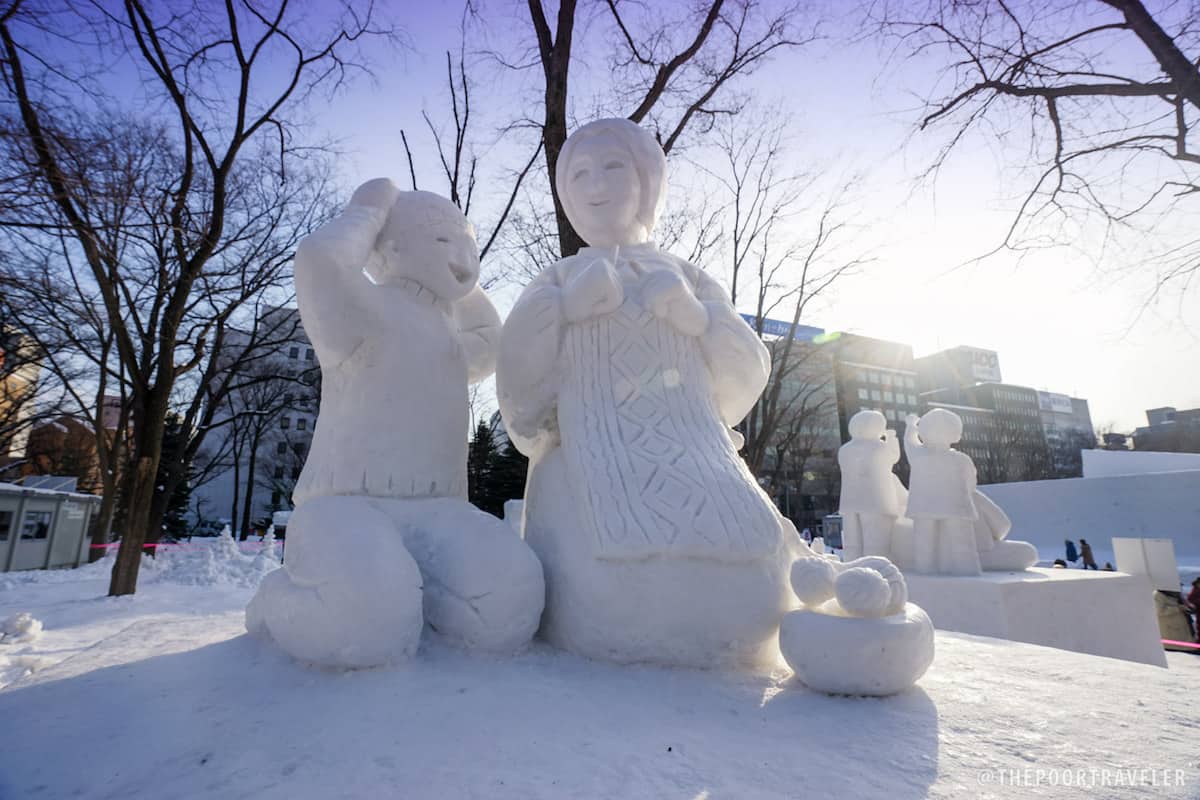
- Sapporo Snow Festival – The Snow Festival in Hokkaido’s capital is one of the most popular winter events in Japan, usually happening during the first two weeks of February. During the festival, the streets are illuminated by lanterns and electric lights, while hundreds of ice sculptures decorate key places like Odori Park, Susukino District, and the Sapporo Community Dome (Tsu Dome). The festival also hosts a yearly ice sculpting competition, with participants from all over the world.
- Asahikawa Winter Festival – Asahikawa’s own winter festival occurs almost the same time as Sapporo’s. While smaller in scope, Asahikawa’s festival is no lesser in grandeur. Gigantic ice sculptures, fortresses, and play parks (boasting some of the longest snow slides in the country) are common fare in an event that lasts two weeks.
- Otaru Snow Light Path Festival – During this ten-day festival, major streets and structures in Otaru are decorated with lanterns and miniature snow statues. The highlight of the festival occurs at the Otaru Canal, where hundreds of floating lanterns are set adrift on the canal at nighttime, creating a vivid, romantic winter atmosphere.
- Cherry Blossom Season – Spring in Hokkaido arrives much later than the rest of Japan. This means that every year, Hokkaido is one of the last places to experience the cherry blossom season. If you’re eager to witness the blooming of sakura in Hokkaido, be sure to visit the region in early- to mid-May.
- Lavender Season – Furano and Biei’s rolling farm fields are a sight to behold, and even more so in the summer. During this time, the fields are rife with color, as lavender and other flowers are in full bloom. To catch the best view, visit Furano and Biei between mid-July to mid-August.
- Yosakoi Soran Festival – Yosakoi is a dance festival celebrated throughout Japan. In Hokkaido, various cities take part in the festivities, the biggest of which happens in Sapporo. Up to 30,000 performers from across Japan and abroad participate in this region-wide parade of color and choreography.
- Hakodate Port Festival – Usually occurring during the first week of August, this summer festival is Hakodate’s most popular, with fireworks displays, parades, and dances celebrating the city’s status as a port city and gateway to Hokkaido.
- Belly Button Festival – This lighthearted festival is a summer event in Furano, around the same time when the lavender fields are in full bloom. For comedic effect, participants paint their bellies with colorful, comical faces, so that the parade resembles an army of large heads trooping and dancing to the beat.
When traveling to Hokkaido, do take note of the following periods:
- Winter Festival Season: Late January to early February
- Cherry Blossom Season/Golden Week: Mid-April to early May
- Furano/Biei Lavender Season: Mid-July to mid-August
- Fall Foliage peak (When foliage is at its most colorful): Early- to mid-October
During these times, tourist spots and attractions will be at their peak capacity, which mean longer queues, slower traffic, and noisier crowds. It will also be harder to secure hotel or resort reservations. This can affect not just your budget, but also your schedule, your mood, and overall experience, so plan your holiday well in advance.
HOW TO GET A JAPAN VISA
As long as you have the required documents, it’s now fairly easy to secure a Japan visa. Also, if you’ve been to Japan several times already, your chances of getting a multi-entry visa is higher, though you need to formally request for one. We’ve prepared more detailed guides – and an FAQs – on how to secure a Japan visa in separate articles:
- How to Apply for a SINGLE Entry Japan Visa
- How to Apply for a MULTIPLE Entry Japan Visa
- Japan Visa Frequently Asked Questions
HOW TO GET TO HOKKAIDO
The most efficient method of travel is via plane, and the New Chitose Airport, located near Sapporo, is Hokkaido’s largest and busiest. All international flights to Hokkaido land here. If you’re traveling to Hokkaido for a holiday, most likely you’ll start your itinerary here. The New Chitose Airport is a modern, well-designed hub, complete with shops, a hotel, and cinemas. It even has its own seafood market and hot spring baths! For convenient transits, the airport also has a JR train station and bus terminals within the vicinity, to quickly take you to Otaru, Asahikawa, and other cities.
Jetstar Airways offers the only low cost option for air travel to Sapporo. From Manila, Jetstar travels to Sapporo via Tokyo or Osaka, up to seven times daily. A regular round-trip, four-flight ticket from Manila to Sapporo (via Tokyo) can be as low as JPY 32,000 (PHP 17,000). You can also get even cheaper tickets during Jetstar’s regular promo sales.
Take note that when you arrive in your first stop, you’ll need to go through Customs and Immigration first, then proceed to the designated terminal for your Sapporo flight. This may involve retrieving your luggage, then checking it in again for the domestic flight.
WHERE TO STAY IN HOKKAIDO
As a major tourist destination, Hokkaido is not lacking in comfortable, affordable hotels and hostels. If you’re point of entry is the New Chitose Airport, most likely your main base of operations will be Sapporo. For a multi-city tour, you’ll probably also going to spend a night or two in Otaru or Asahikawa. For nature or winter sports buffs, Furano or Niseko are ideal places to stay as well, though room rates might be slightly higher in these resort cities.
Here are the top-rated budget hotels and hostels in major destinations in Hokkaido as scored by online users.
Sapporo
The STAY Sapporo Hostel
1008-10 Minami 5 Nishi 9, Chuo-ku, Chuo-ku, Sapporo-shi, Hokkaido, Japan, 064-0805
Our Sapporo Travel Guide provides additional information when staying in Hokkaido’s capital.
Otaru
Hotel Nord Otaru
1-4-16 Ironai, Otaru-shi, Hokkaido, Japan, 047-0031
Smile Hotel Otaru
3-5-14 Inaho, Otaru-shi, Hokkaido, Japan, 047-0032
Asahikawa
Court Hotel Asahikawa
9-50-1 Ichijo-dori, Asahikawa-shi, Hokkaido, Japan, 070-0031
Premier Hotel CABIN Asahikawa
1 Jodori-7 Chome, Asahikawa-shi, Hokkaido, Japan, 070-0031
Furano
Furano Natulux Hotel
1-35 Asahi-cho, Minamifurano-cho, Sorachi-gun, Hokkaido, Japan, 076-0026
Hotel Naturwald Furano
14-46 Kitanomine-cho, Minamifurano-cho, Sorachi-gun, Hokkaido, Japan, 076-0034
POCKET WIFI RENTAL IN HOKKAIDO
Like the rest of Japan, Hokkaido has FREE public Wi-Fi hotspots, and FREE private ones in places like coffee shops or malls. However, if you prefer to get connected regardless of place and time, or you depend on a more secure connection, you can either rent a pocket Wi-Fi or get a 4G sim. Better if you make the reservation online before the trip, so you can pick up your sim or pocket Wi-Fi once you arrive at the airport.
Here’s where you can book pocket 4G wifi:
Pocket Wifi with 7GB Data: Reserve Here
Pocket Wifi with Unlimited Data: Reserve Here
HOW TO GET FROM NEW CHITOSE AIRPORT TO HOKKAIDO CITIES
New Chitose Airport to Sapporo
There is a direct train service from the airport to Sapporo. At NEW CHITOSE AIRPORT Station, board either the Rapid Airport or JR Chitose line bound for SAPPORO (JR) or TEINE. The JR Chitose line stops at more stations, and is only available from 6 to 8 AM. The Rapid Airport line is open from 8 AM to 10 PM, with fewer stops. Disembark at SAPPORO Station. Depending on the line, the trip usually takes 40 minutes to one hour.
Cost: JPY 1,070; optional fees for Reserved Seats
New Chitose Airport to Otaru
There is also a direct service from the airport to Otaru. From the NEW CHITOSE AIRPORT Station, board a Rapid Airport train bound for OTARU Station. The trip will take 83 minutes. Disembark at OTARU.
Cost: JPY 1,780; optional fees for Reserved Seats
New Chitose Airport to Asahikawa
There is no direct train service and you need to transfer trains. From the NEW CHITOSE AIRPORT Station, board either the Rapid Airport or JR Chitose line bound for SAPPORO or TEINE. Upon arrival at SAPPORO Station, get off the train and transfer to either the Kamui or Lilac Limited Express trains. These trains will stop at ASAHIKAWA Station. The trip will take around 130 minutes.
Cost: JPY 5,180; optional fees for Reserved or Green Seats
New Chitose Airport to Hakodate
You need to transfer once in this trip. From the NEW CHITOSE AIRPORT Station, board the Rapid Airport line bound for OTARU. At MINAMI-CHITOSE Station, get off the train and transfer to the Super Hokuto Limited Express line. This line will stop at HAKODATE Station. Travel time is at 203 minutes.
Cost: JPY 7, 590; optional fees for Reserved or Green Seats
New Chitose Airport to Niseko
Two transfers are needed for this trip. At NEW CHITOSE AIRPORT Station, board a Rapid Airport train heading for OTARU. Disembark in OTARU, then board the JR Hakodate line bound for KUTCHAN. Once in KUTCHAN, get off the train once more, and board the JR Hakodate line bound for OSHAMAMBE. This line will make a stop at NISEKO Station. Travel time is at 200 minutes.
Cost: JPY 3,470; optional fees for Reserved Seats
New Chitose Airport to Furano
Two transfers are needed for this trip. Starting at NEW CHITOSE AIRPORT Station, board a Rapid Airport train bound for SAPPORO. Step off once you arrive at Sapporo, then take the Lilac or Kamui Limited Express to ASAHIKAWA. Disembark at ASAHIKAWA Station and transfer to the JR Furano line, the last stop of which is FURANO Station. Travel time is 206 minutes.
Cost: JPY 6,260; optional fees for Reserved or Green Seats
New Chitose Airport to Biei
No direct service is available, and you need to transfer twice. From the NEW CHITOSE AIRPORT Station, board a Rapid Airport train bound for SAPPORO (JR) Station. Disembark once you arrive in SAPPORO, then take the Lilac or Kamui Limited Express train heading for ASAHIKAWA. Once you’re at ASAHIKAWA Station, get off the train once more and transfer to the JR Furano line. This train will stop at BIEI Station. Travel time: at least 172 minutes.
Cost: JPY 5,610; optional fees for Reserved or Green Seats
HOW TO GET AROUND HOKKAIDO
By Train
The Hokkaido Railway Company, better known as JR Hokkaido, is the primary railway operator in the island. JR Hokkaido’s network is not as extensive as those in the mainland, but it is adequate enough to connect major cities and towns in the region.
If you feel you’ll be using JR trains significantly, you may consider getting a JR Hokkaido Rail Pass. It allows you to conveniently ride all JR trains in the region. Ride-all-you-can, if you will. However, at JPY 16,500 for the basic 3-day pass, you may want to determine first if the expense is worth it for your trip. Also, the pass doesn’t cover certain rides, like subways and the Shinkansen, for example.
The following provides a quick guide on how to travel to key Hokkaido cities by train, if your starting point is the New Chitose Airport. Take note that the New Chitose Airport JR Station can be found below the airport’s main terminal building.
By Bus
Buses solve the problems trains can’t. They often go to places where trains can’t reach, including scenic spots and hotels. They are also comparatively cheaper than trains. New Chitose Airport has an adjacent bus station, with shuttles that will take you directly to key locations in Sapporo and other cities.
One drawback is that Hokkaido has so many bus networks and operators, and enumerating them all in one travel guide would be one Herculean task. One way to deal with confusing schedules is to get an Inter City Bus Pass. Like the JR Hokkaido Rail Pass, the Inter City Bus Pass allows you to use the bus transport system to get to 20 cities and over 100 attractions with just one pass. It costs JPY 8000 for 5 days of unlimited use. You need to apply online, and when you retrieve it, you need to present your passport and booking confirmation.
If a Bus Pass is a little too expensive for you, I recommend a couple of tools to make navigating bus and train schedules much easier: Hyperdia.com and Google Maps. It’s as easy as typing your starting point and destination, and watching as these two work their magic. I often use the two concurrently: Hyperdia provides more accurate prices and stops, while Google Maps allow me to check my exact location along the way. For a more comprehensive guide on how to navigate Hyperdia, you can check out our article below.
READ: How to Use Hyperdia
By Taxi
Taxis are ever-reliable choices to get you where you need to go, especially if you’re pressed for time, or if you only have an address to show. Japan taxis are renowned for their efficiency, and Hokkaido taxis are no different. They are quite expensive, though, and I only personally use them as a last resort.
By Streetcar
Sapporo and Hakodate were designed like a grid, with wide and long streets, perfect for streetcars. While I’ll probably ride a streetcar just for the novelty of it, it can still be viable way to get from point A to B, especially in cities as large as Sapporo.
By Subway
If the roads above are heavy with traffic, why not opt for the underground? Sapporo has a subway system as extensive as the rails above it, and is a fine addition to your arsenal of transport choices in this chilly city. Note the JR Hokkaido does not operate the subway system, so you can’t use your unlimited Rail Pass here.
SAMPLE HOKKAIDO ITINERARIES
A Hokkaido holiday has admittedly more nuances than the usual Japan trip, and with each additional step there’s going to be expenses involved. A well-planned itinerary can help reduce unwanted expenses, while amplifying the experience for each attraction. Here’s a couple of sample itineraries, both a summer and a winter holiday. Note that this is designed for two persons, so some of the expenses can be divided between two.
Let me tell you this early — just to manage your expectations — that a multi-city tour across Hokkaido will still end up relatively expensive FOR A SIGHTSEEING TOURIST even after using whatever travel hack you have in the bag. The mere idea of hopping from one city to another will entail costs. And in Japan, transportation can cost more than what you’re probably used to.
Sample Hokkaido Summer Itinerary
Day 0: ARRIVAL AT SAPPORO
5pm – Arrive at New Chitose Airport, travel to hotel (JPY 1070 + 200)
6pm – Check in at hotel, Dinner
8pm – Rest
Day 1: ODORI PARK & SAPPORO BEER MUSEUM
8am – Breakfast at hotel
9am – Odori Park
11:30am – Lunch
1pm – Sapporo TV Tower, Sapporo Clock Tower, and Hokkaido Government Building
4pm -Sapporo Beer Museum (JPY 500 for beer samples)
6:00pm – Dinner at Sapporo Beer Garden (JPY 2900 for all-you-can-eat)
9pm – Return to hotel
Day 2: SHIROI KOIBITO PARK & SUSUKINO
8am – Breakfast at hotel
9am – Shiroi Koibito Park & Ishiya Chocolate Factory
12pm – Lunch
3pm – Susukino Entertainment District
6pm – Dinner at Ganso Sapporo Ramen Street (JPY 800)
8pm – Return to hotel
Day 3: FURANO
7am – Breakfast at the hotel, checkout
8am – Travel to Furano
11am – Check in at hotel, rest
12pm – Lunch
1pm – Farm Tomita, Tomita Melon House, Choei Lavender Farm, and Saika no Sato
6pm – Dinner and return to hotel
Day 4: BIEI
6am – Breakfast at hotel, Checkout, Leave luggage
7am – Travel to Biei Station
8am – Arrive at Biei Station, reserve seats for Biei View Bus* (JPY 2000)
9:45am – Biei View Bus Tour (Blue Pond, Shiragane Falls, Panorama Road)
12:30pm – End of tour, Travel back to Furano
1: 30pm – Lunch and shopping at Furano Marche, retrieve luggage from hotel
3:45 – Travel to Otaru Station
7pm – Arrive at Otaru, check in at hotel, Dinner
*The Biei View Bus is only available in the summer, between mid-June to late-October (the yearly schedule varies). You need to make a reservation in any JR Hokkaido station 2 days in advance, or at Biei Station the day of the tour.
Day 5: OTARU
7am – Breakfast at hotel
9am – Shopping at Don Quijote
12pm – Lunch
2pm – Otaru Canal Cruise
3pm – City walking tour
4pm – Sakaimichi Shopping Street
5pm – Otaru Music Box Museum
7pm – Dinner and return to hotel
Day 6: RETURN
6am – Breakfast, checkout at hotel
8:30am – Travel from Otaru to New Chitose Airport
Sample Hokkaido Winter Itinerary
Day 0: ARRIVAL AT SAPPORO
5pm – Arrive at New Chitose Airport, travel to hotel
6pm – Check in at hotel, Dinner
7pm – Susukino District (Susukino Ice World)
8pm – Return to hotel
Day 1: SAPPORO BEER MUSEUM & ODORI PARK
8am – Breakfast at hotel
9am – Shiroi Koibito Park & Ishiya Chocolate Factory
11am – Lunch
2pm – Sapporo Beer Museum
5pm – Early Dinner at Sapporo Beer Garden
6pm – Odori Park
9pm – Return to hotel
Day 2: TSUDOME & SHIROI KOIBITO PARK
8am – Breakfast at hotel
9am – Tsu Dome Community site – Snow Festival Celebrations
12pm – Lunch at Tsudome
1pm – Shiroi Koibito Park & Ishiya Chocolate Factory
6pm – Dinner
8pm – Return to hotel
Day 3: NISEKO
7am – Breakfast at hotel, checkout
9am – Travel to Niseko 2160
1pm – Check in at hotel, lunch 12000
1:30pm – Lunch
2pm – Skiing and other snow activities
5pm – Onsen
7pm – Return to hotel, dinner
Day 4: NISEKO-OTARU
7am – Breakfast
8am – Snow Activities/Onsen
11am – Early lunch, checkout
12pm – Travel to Otaru (JPY 1450)
2pm – Check in at Hotel (JPY 7000 for 2 pax)
3pm – Otaru Canal Cruise (JPY 1500)
4pm – City walking tour
5pm – Early dinner
6pm – Otaru Snow Light Path Festival Activities
9pm – Return to hotel
Day 5: OTARU
8am – Breakfast
10am – Shopping at Don Quijote Otaru
12pm – Lunch
1pm – Sakaimichi Shopping Street
3pm – Otaru Music Box Museum
6pm – Dinner
7pm – Return to hotel
Day 6: RETURN
6am – Breakfast, checkout at hotel
8:30am – Travel from Otaru to New Chitose Airport
Breakdown of Expenses
Please note of the following:
- The total cost estimates are per person.
- The estimates do not include airfare.
- The estimates assume you are a group of 2, splitting a cost.
- Make the necessary adjustments depending on the season and other factors.
Summer Trip
Total travel expenses (excluding airfare): JPY 13,960
Total hotel expenses: JPY 40,500
Food 6 days x 1000: JPY 6000
Sapporo TV Tower: JPY 700
Biei View Bus: JPY 2000
Otaru Canal Cruise: JPY 1500
Sapporo Beer Museum samples: JPY 500
Sapporo Beer Garden All-You-Can-Eat: JPY 2900
Shiroi Koibito Park: JPY 600
Ganso Ramen Street: JPY 800
Allowance for souvenirs and snacks: JPY 2000
TOTAL: JPY 71, 460 or PHP 34,915 or USD 669
Winter Trip
Total travel expenses (excluding airfare): JPY 10,840
Total hotel expenses: JPY 54,840
Food 6 days x 1000: JPY 6000
Otaru Canal Cruise: JPY 1500
Sapporo Beer Museum samples: JPY 500
Sapporo Beer Garden All-You-Can-Eat: JPY 2900
Shiroi Koibito Park: JPY 600
Allowance for souvenirs and snacks: JPY 2000
TOTAL: JPY 79,180 or PHP 38,692 or USD 741
If you want to further reduce the total cost, you may skip Niseko and go straight to Otaru. This will place the total cost at around JPY 62,000 or PHP 30,200 or USD 578.
That said, it’s always best to add plenty of allowance to cover incidental expenses, prices that may have changed, and costs we might have missed.
More Tips for the Poor Traveler
- Get the lowest fares by signing up to mail or mobile notifications. Because low-fare promos can get congested fast, mail notifications help me personally to get ahead of the pack. Jetstar, for example, has Jetmail that lets you receive first-hand news when the latest sales and promos are launched.
- You’ll probably spend your first and last days traveling. Currently there are no direct flights to Sapporo from Manila, so traveling time can take up to ten hours between two flights. This include stopping over either Osaka or Tokyo, going through immigration and customs, and transferring between international and domestic terminals.
- Tourists Information Centers will make your life easier. There’s almost always a tourist information center in any major train station. Whether you need maps, passes for local tours or recommendations on where to eat, these little oases of information will make the nuances of budget traveling much more bearable.
- Wear appropriate clothing. It’s no joke how cold Hokkaido can get, and the amount of snowfall can escalate to blizzard levels with little or no warning, so overdressing for this occasion is actually better. A multi-layered shell of thermal underwear, sweaters, a jacket, and a parka will keep your tender bits snug and warm even if its below zero outside.
- Beware of slippery snow. Shiny and dark surfaces, especially on concrete, scream of an accident waiting to happen. To prevent a literal pain in the butt, best to keep an eye on slippery areas on the walkway. Use sturdy, heavy-duty shoes with excellent grip, and when walking, make sure that your steps are flat and your weight evenly spread out on your foot.
- Wear glasses, sunscreen, and lip balm. Too much snow can reflect large quantities of sunlight, which might induce snow blindness. Wearing polarized lenses like shades and ski goggles helps prevent this condition. Skin dryness and chapped lips can also be a problem; counter these by applying sunscreen and lip balm with moisturizing qualities.
- Bring a Japanese phrasebook. It won’t hurt to know a few Japanese phrases to ease communications with locals, particularly if you need help looking for directions or buying something. If you don’t feel like carrying a phrasebook everywhere, several free apps are available for download online.
- Don’t tip. You may feel generous after a good meal, but tipping someone for their service may actually trigger the opposite of what you’re expecting. It’s a no-no.
- Vending machines serve hot drinks as well. This may prove beneficial when you find yourself stuck in the cold while in a long queue or waiting for the bus to arrive.
Special thanks to Jetstar Japan for making this trip possible. As the largest domestic low-cost carrier in Japan, Jetstar flies to other destinations like Miyazaki, Fukuoka and Kumamoto, in addition to Sapporo.
2️⃣0️⃣1️⃣8️⃣ • 2️⃣ • 2️⃣8️⃣
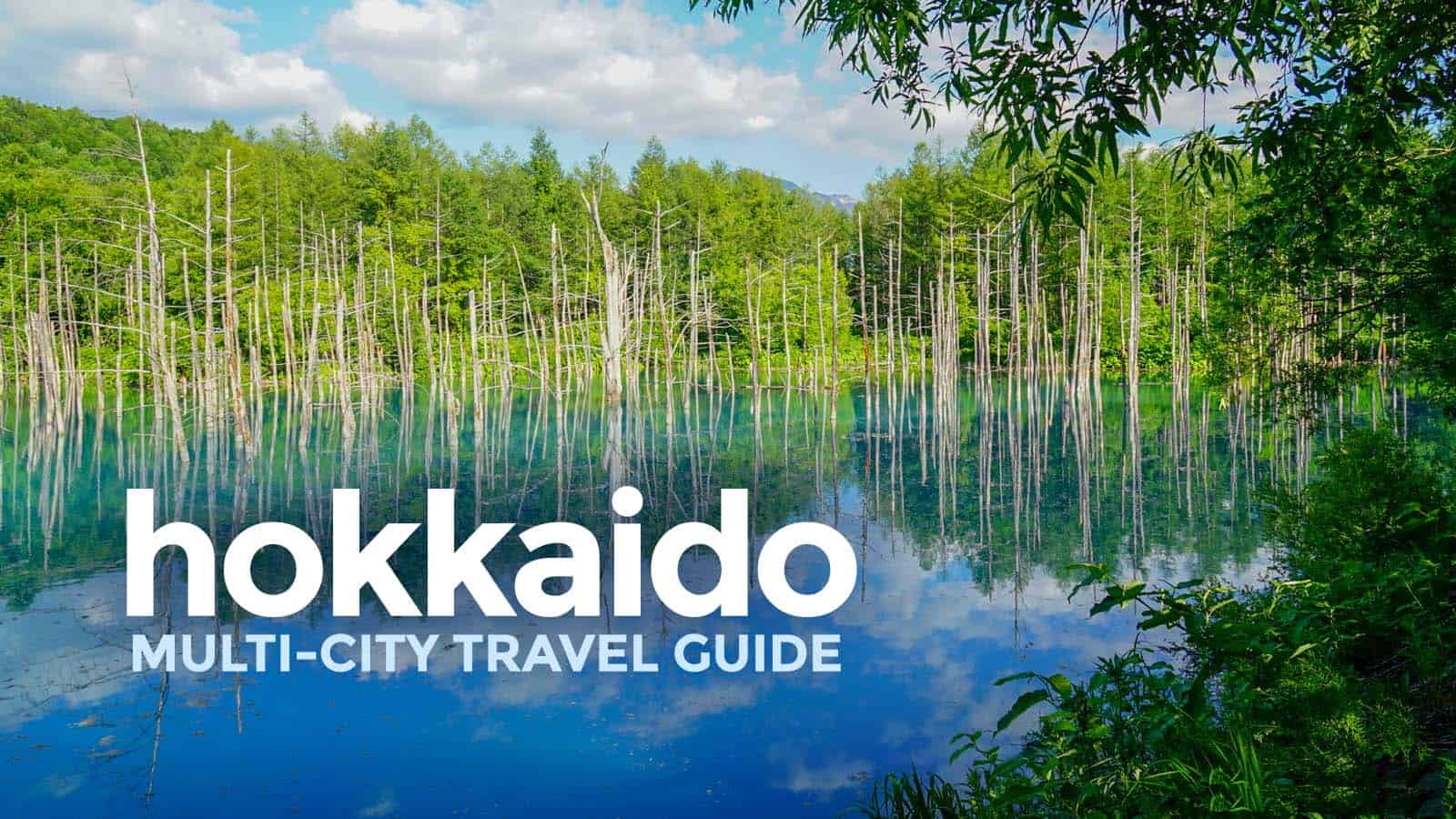


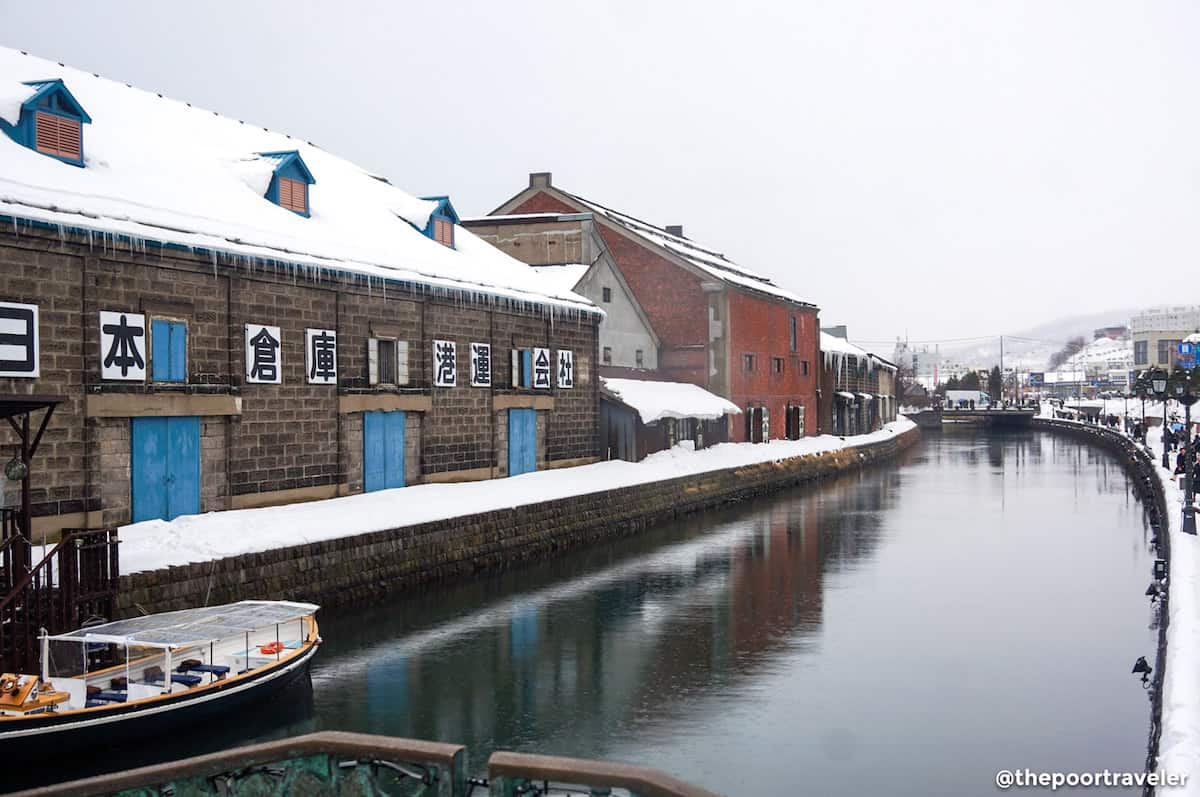

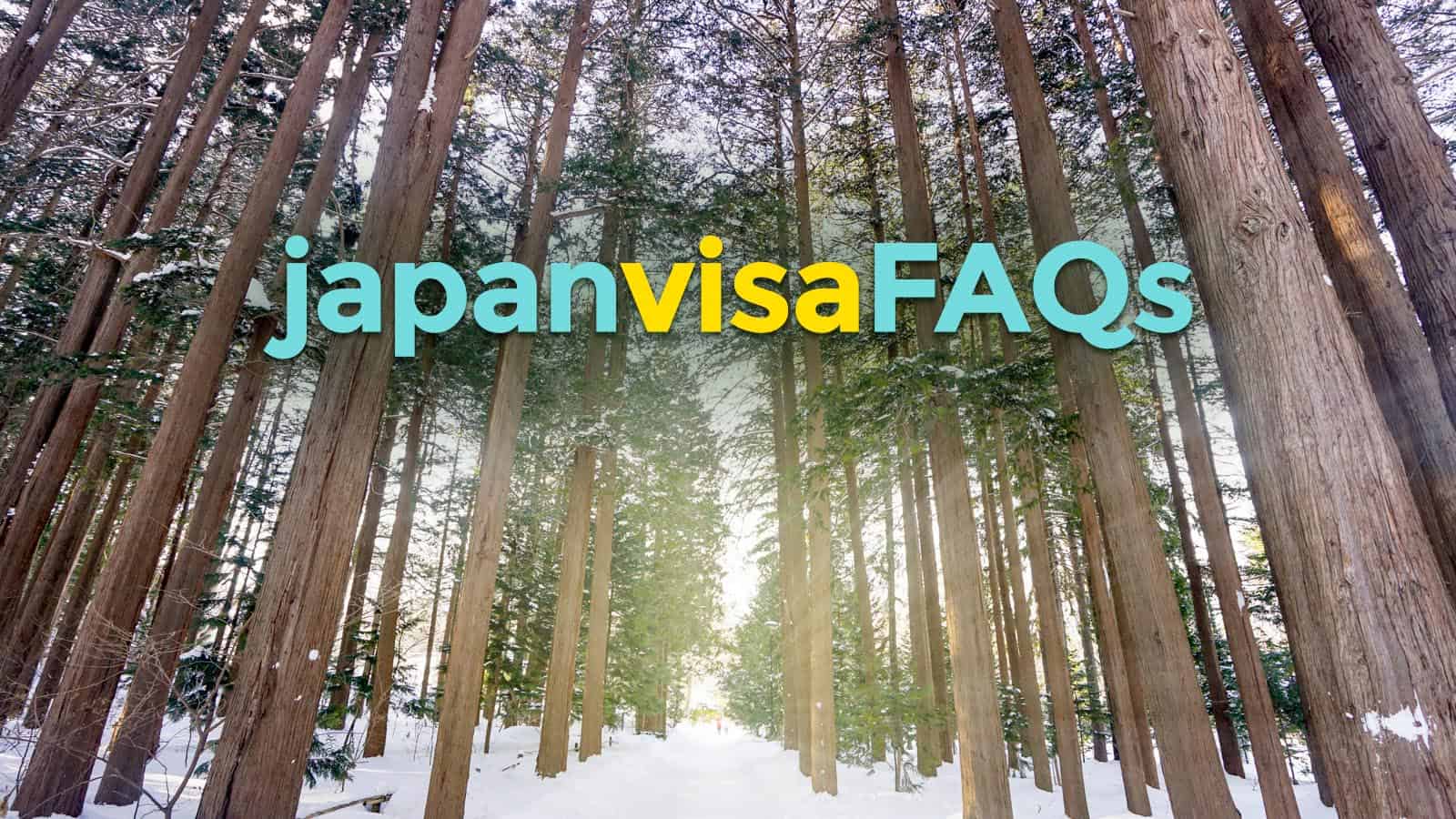
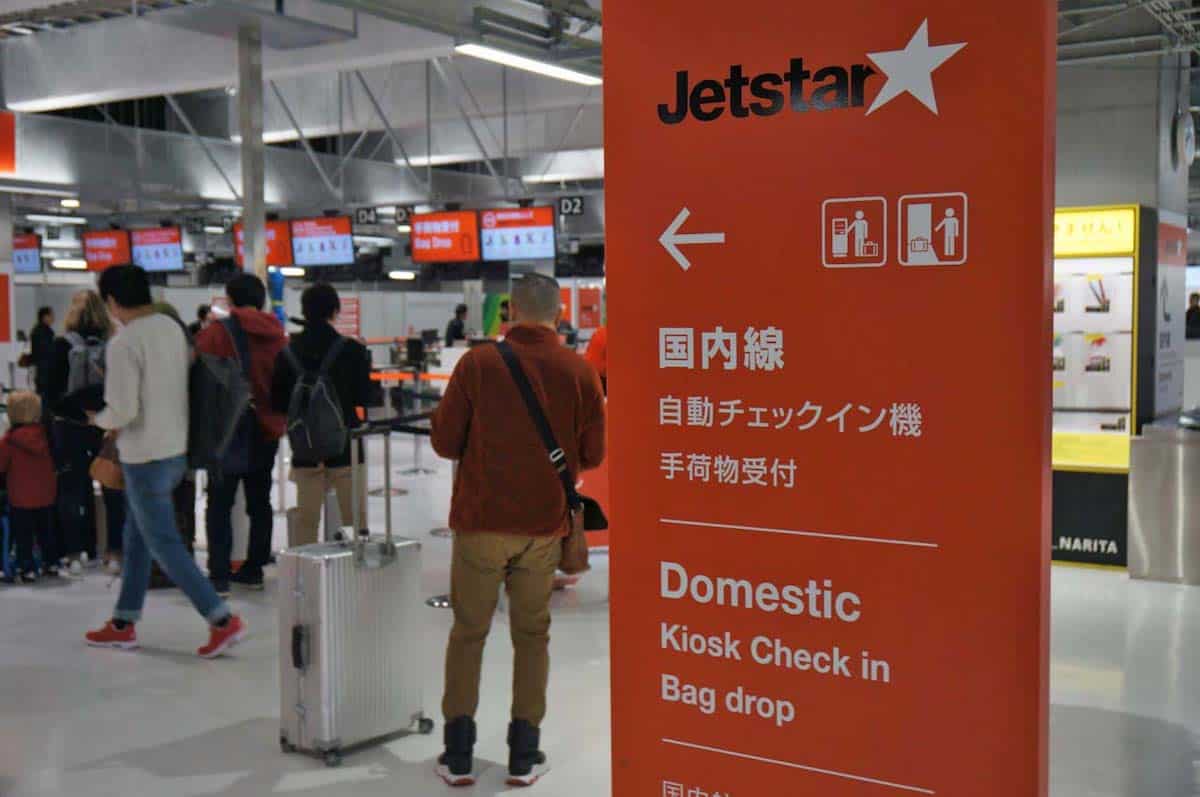
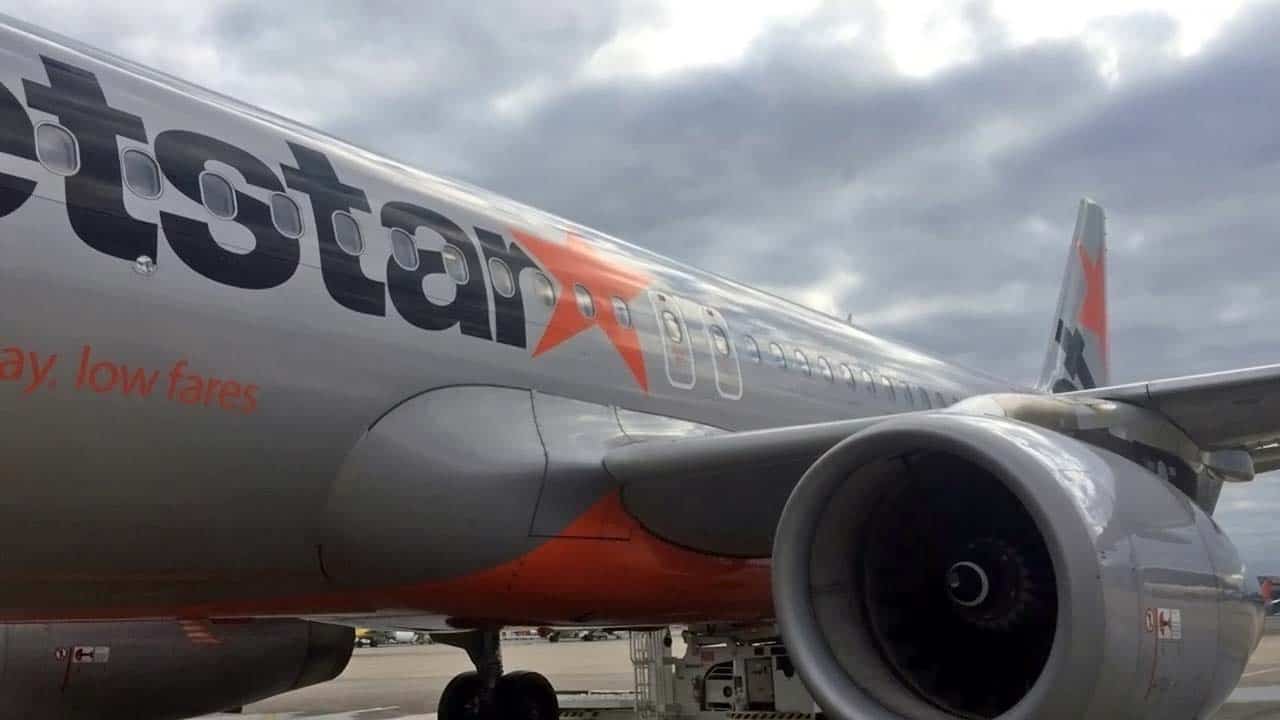
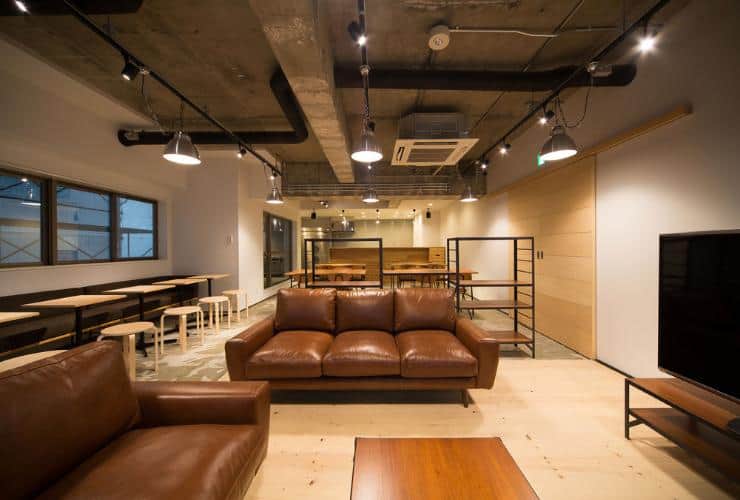






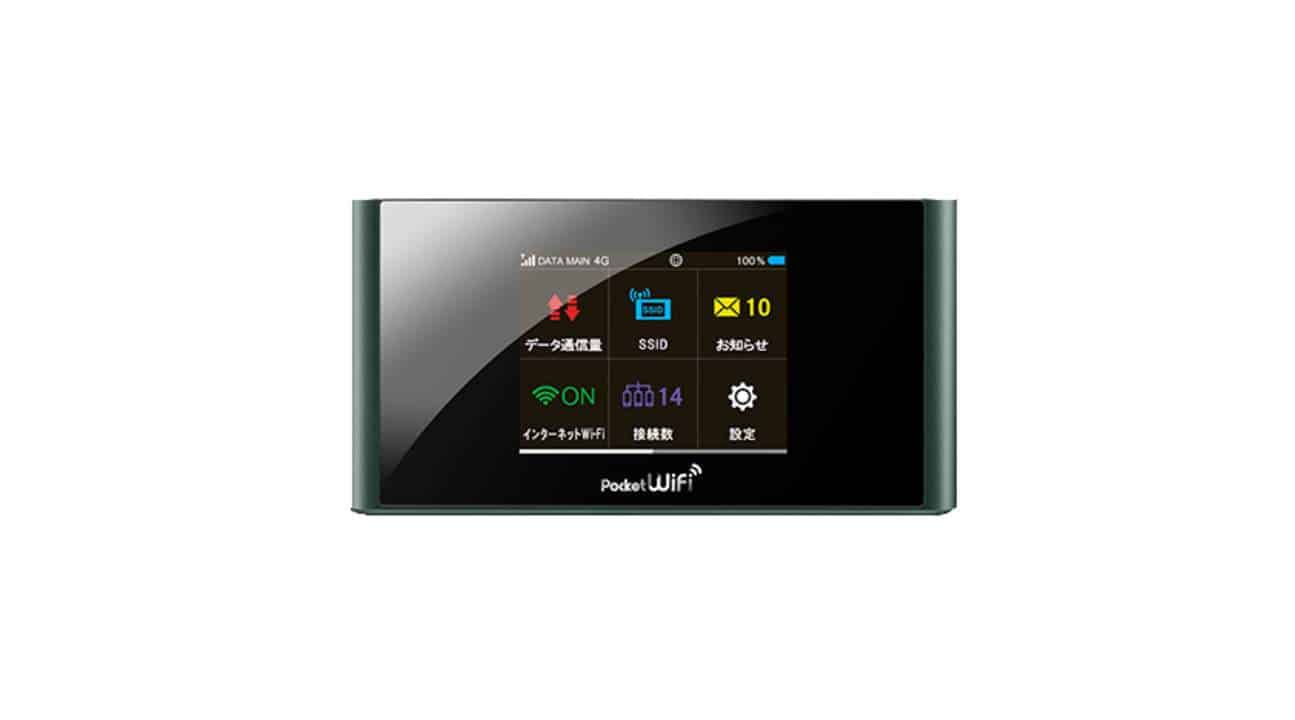
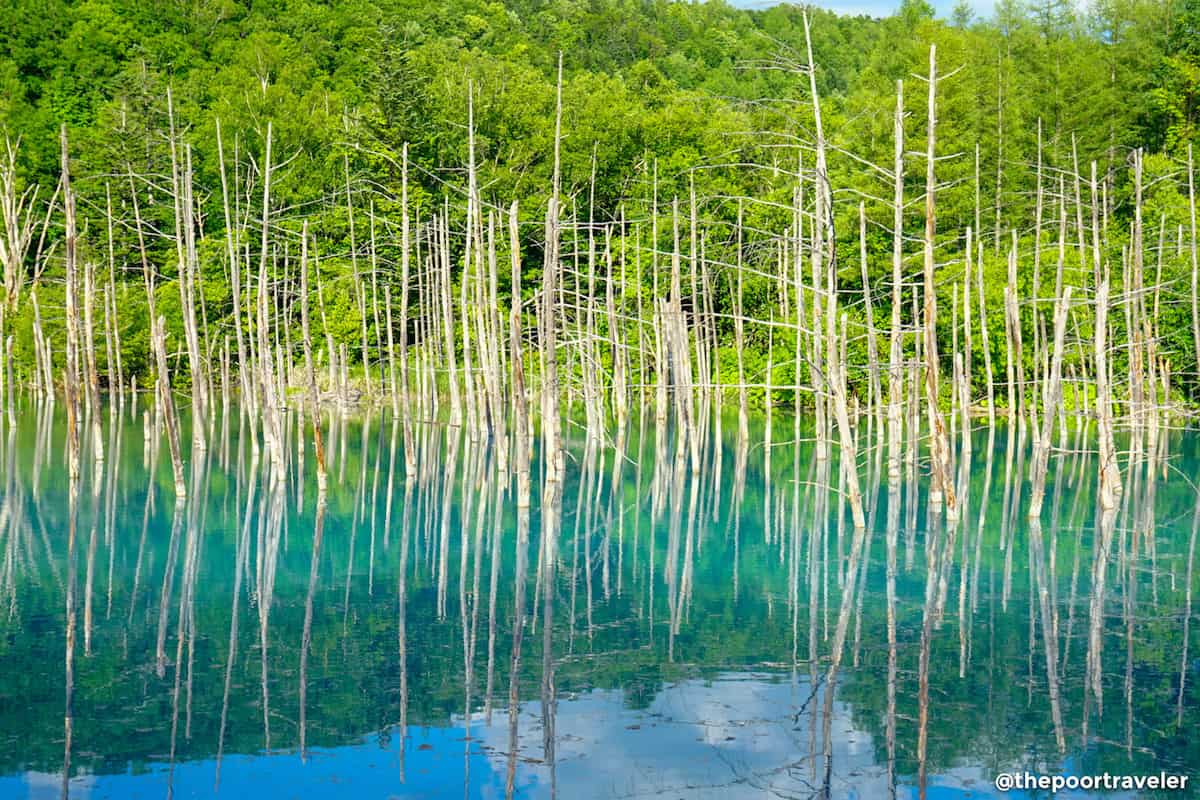
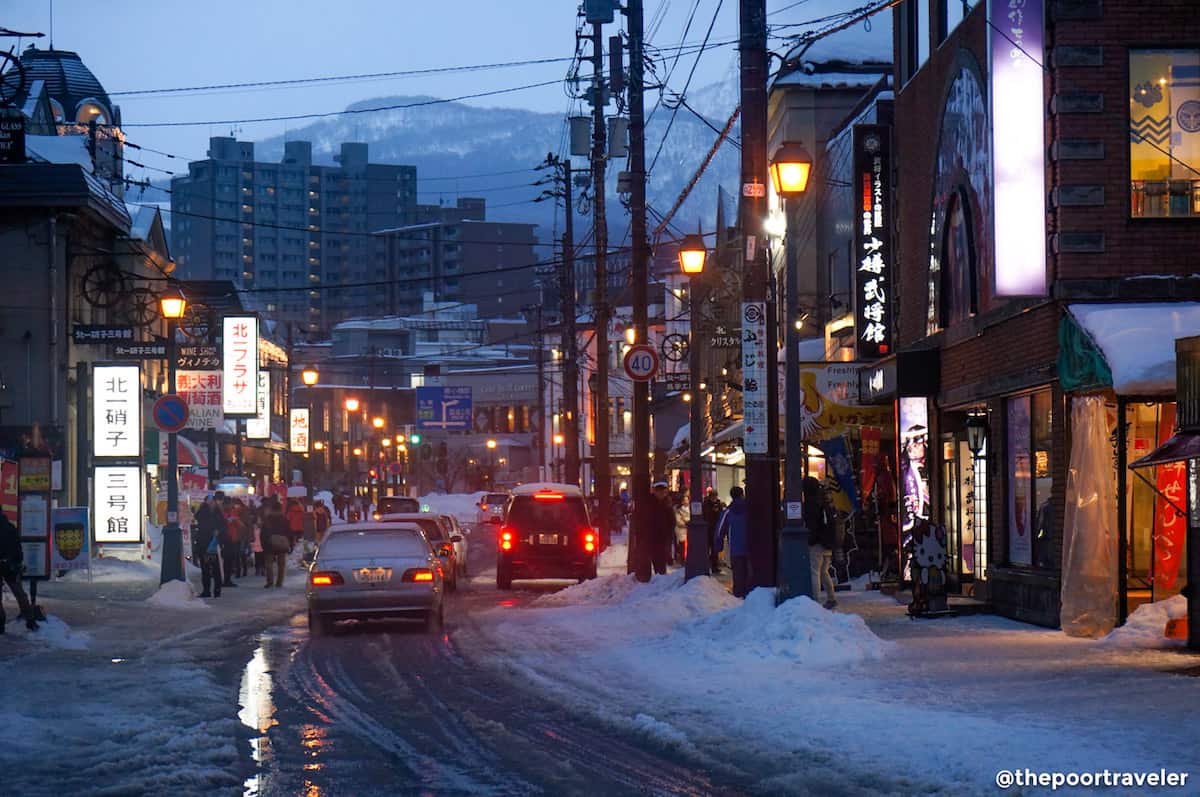
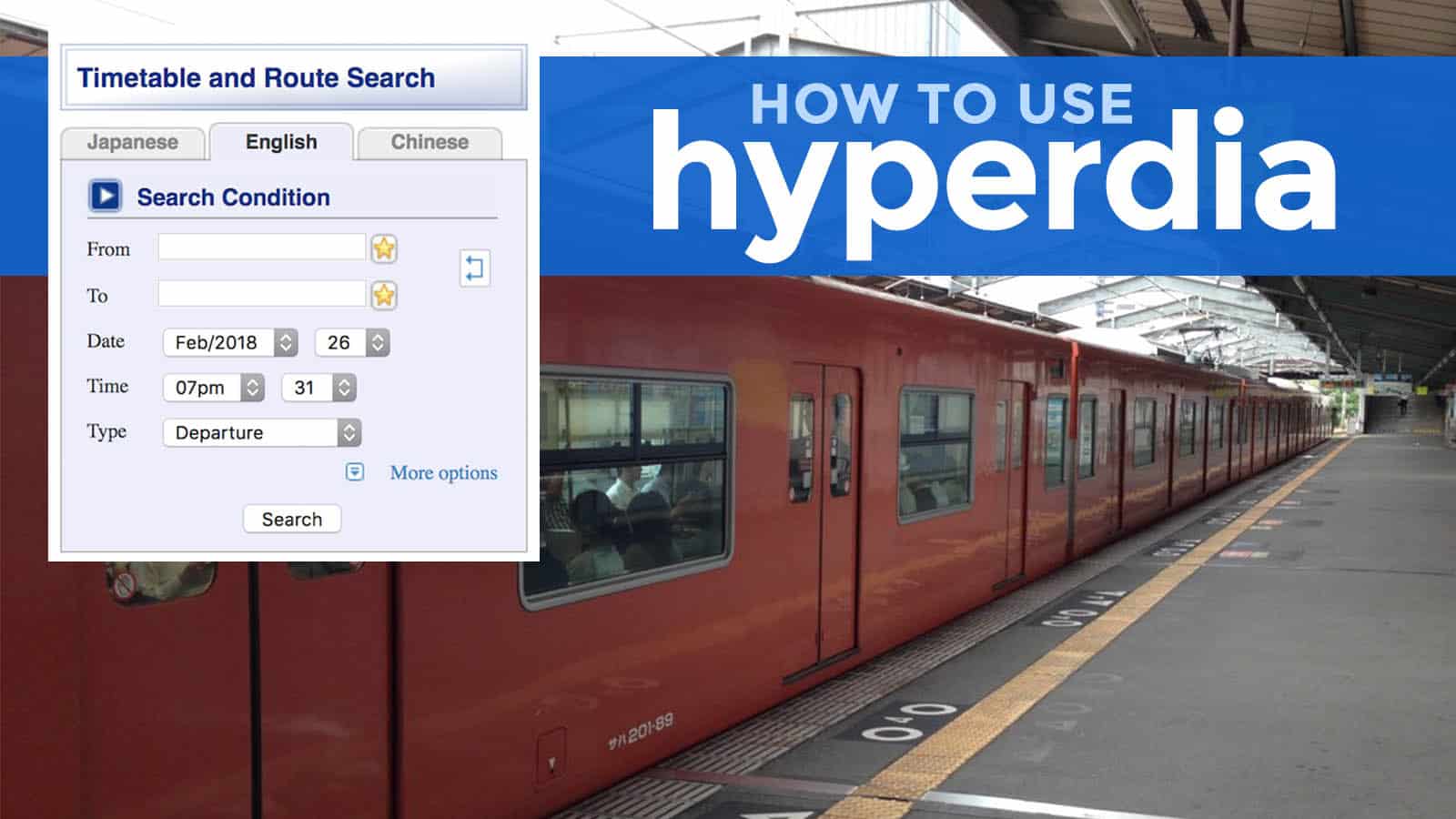
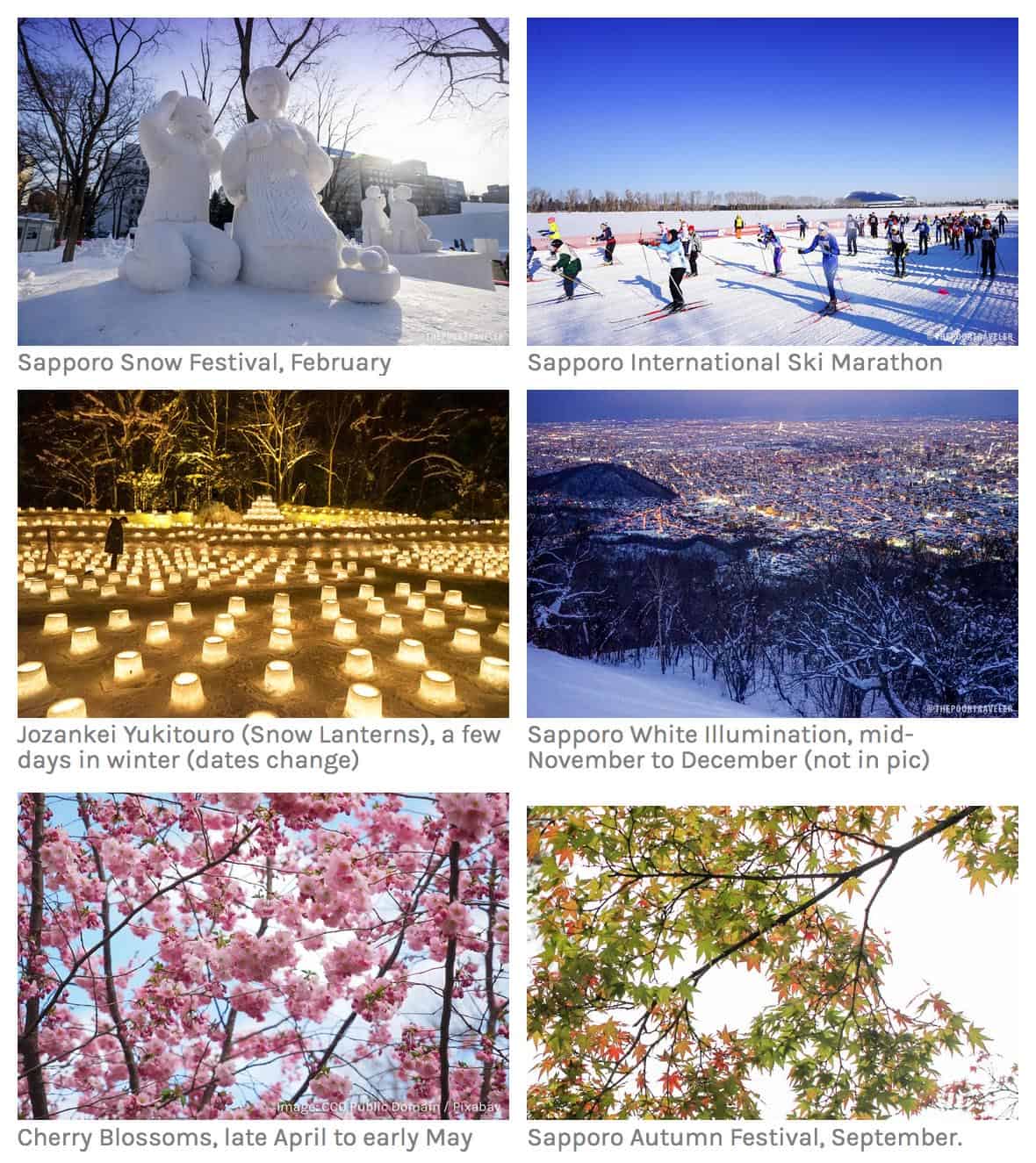
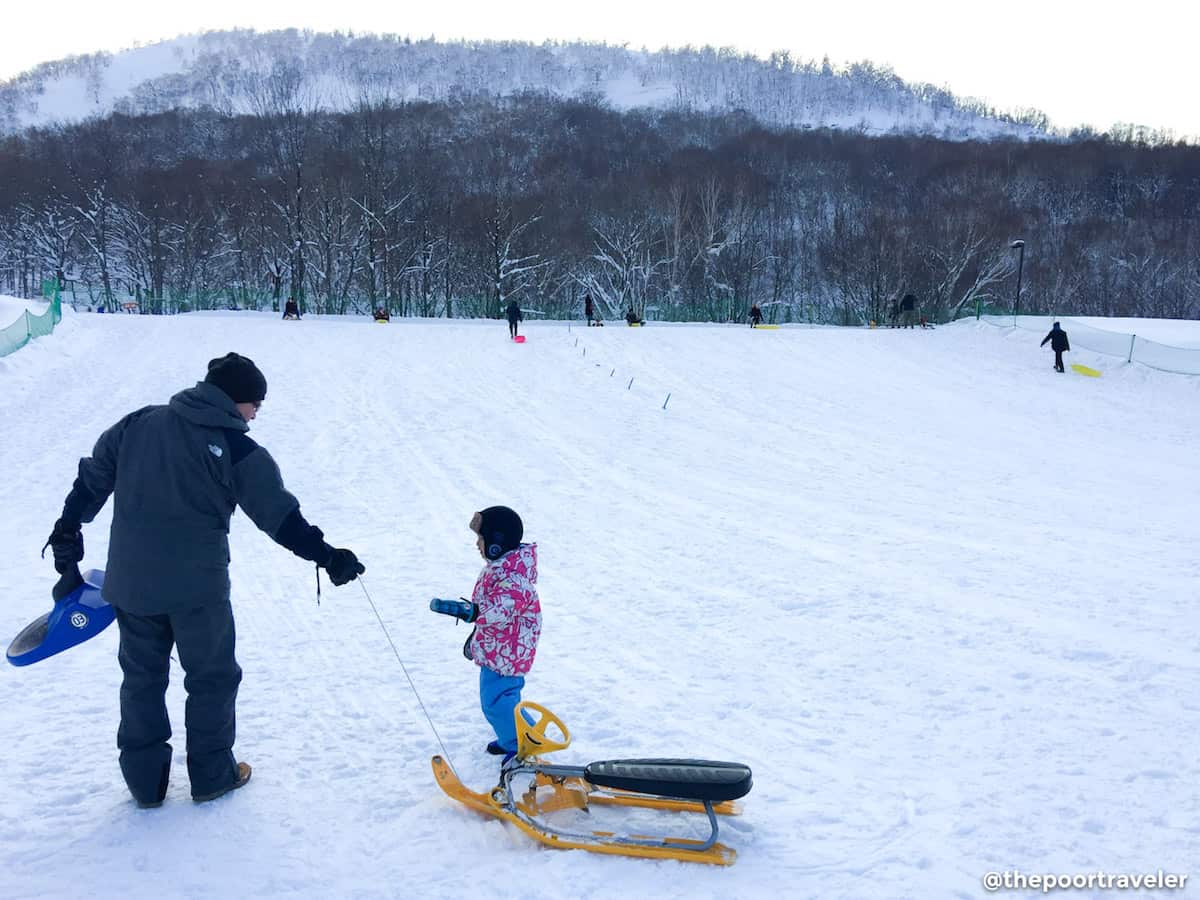
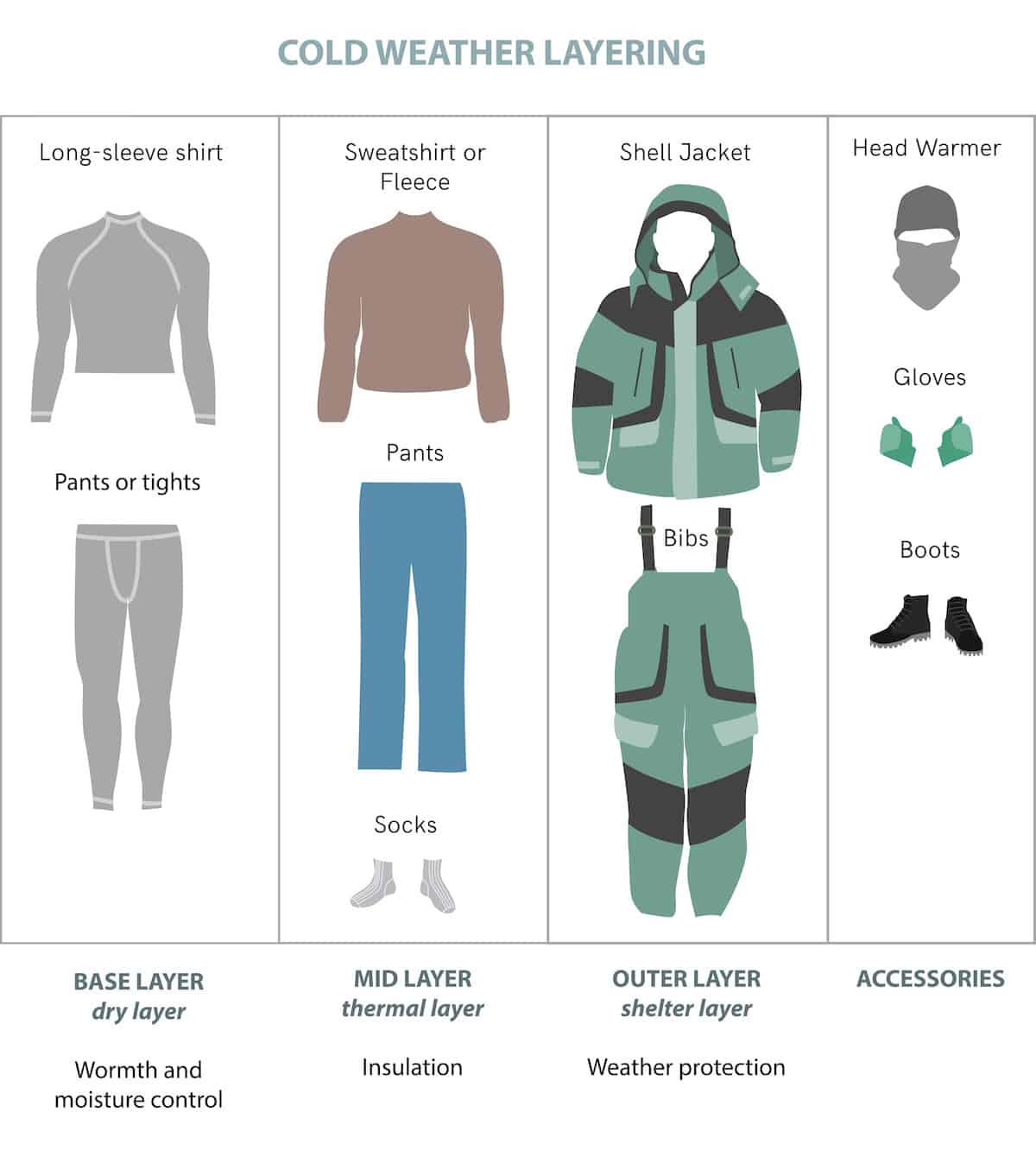




















Where did yo stay at Niseko?
thanks. :)